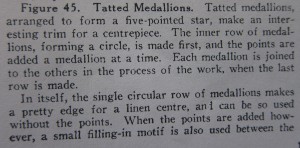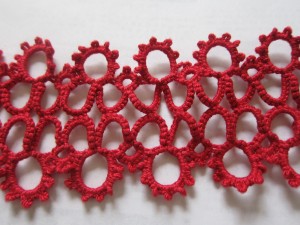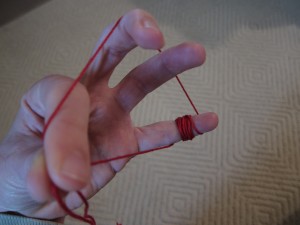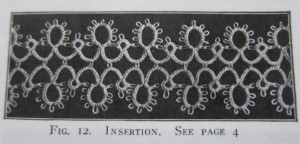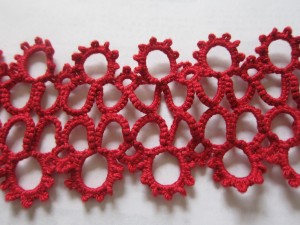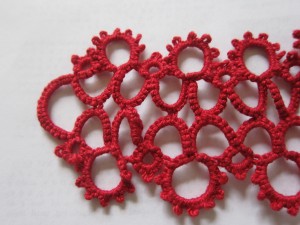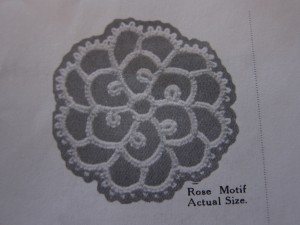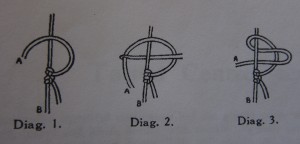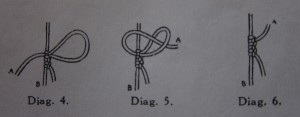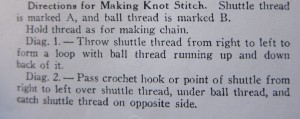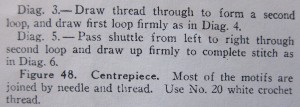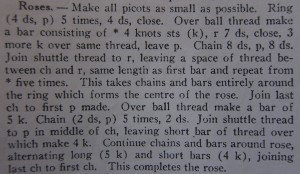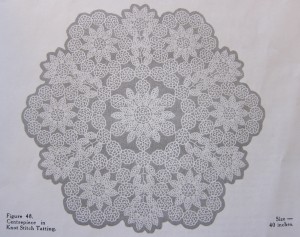More of the Baby Bonnet
This will be a quick post as I have a very busy week with my current class. The final is on Saturday so wish me luck! This class (Advanced Financial Accounting) is supposed to be the most difficult class in the accounting masters program so I’ll be glad to be done with it. They say the rest of the program is just as much work, but it’s less confusing. I actually thought the intermediate classes were harder, but that’s mostly because they encompassed so MUCH material. In this one it’s harder stuff, but less topics so we got to spend a bit more time with each.
Anyway. You don’t care about accounting and for the next fifteen minutes or so while I write this post, I don’t care about it either.
Today is basically a little progress report on the bonnet. I’ve done a second wheel motif and one of the small negative space fillers that connects both. However, I just noticed that I joined the space filler to the wrong rings of the wheels. I’ll have to cut it out and do it again, but I’ll post it anyway so you can get the idea.
The wheels are joined on two adjacent rings. There are three picots at the top of each ring and I didn’t know if they were supposed to be joined using all three picots or just the center one. (The directions are vague as usual.) I choose just the centers, but I think in the future I’ll join using all three just to make it stronger. I’ll do the next one that way, at least, just to see what it looks like. This first attempt at the baby bonnet will definitely just be a proof of concept version, so I’m not too worried about looks this time around.
I’m still trying to figure out exactly how long the picots on the first ring and the spaces between the rings should be. I think the picots on the first ring definitely have to be longer than normal picots to get the inside round of rings to lay flat. In the book it looks like the joining picots on the larger rings are longer and that might help sort out the length of thread between the rings.
The small bit of negative space filler is SUPPOSED to join to the two rings on the wheels closest to the rings that join the wheels together. I didn’t have my book with me when I did it so I guessed and got it wrong. The little space filler is just 4 unconnected rings of 6-6(- or +)6-6 with that picot vs join depending on which wheels you’ve got done.
That’s probably it for me until Monday. I’ve got the final on Saturday and our research paper due Sunday at midnight so until then it will be mostly just accounting for me.

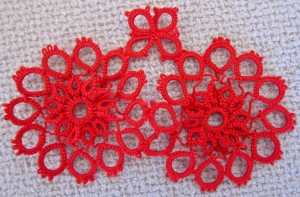
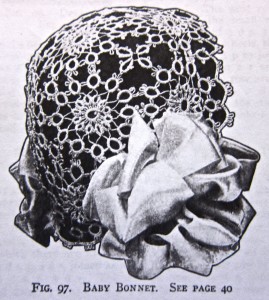
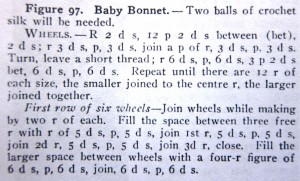

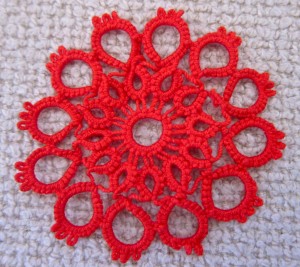
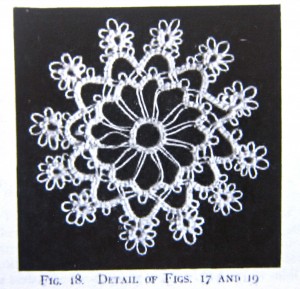

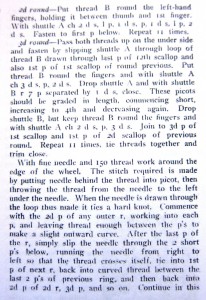

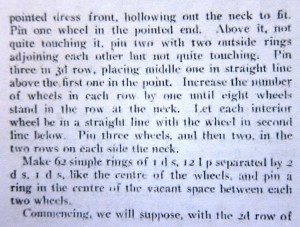
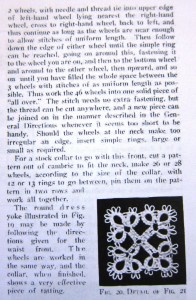


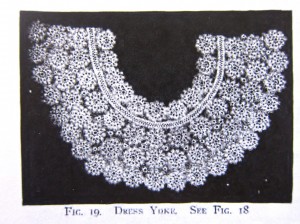
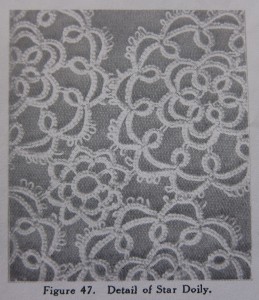
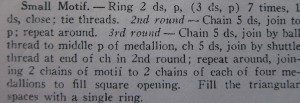
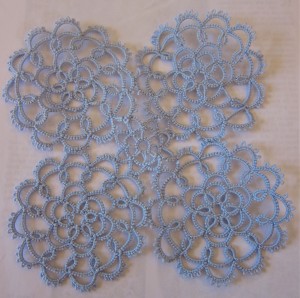
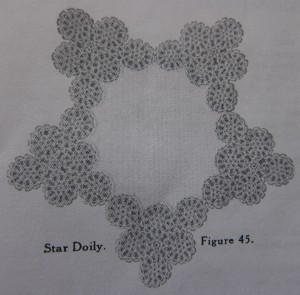
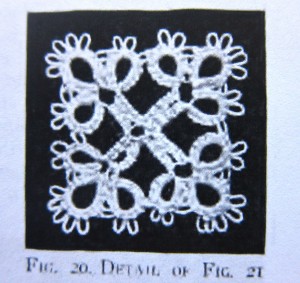


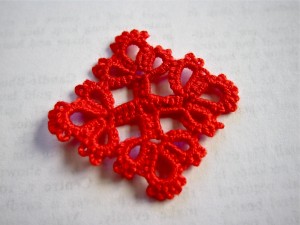
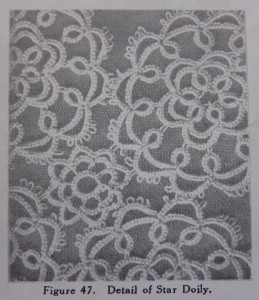
 I’d been wanting to try a motif in which some of the rounds were simply chains that joined with the shuttle thread to the previous round. This was a fun little motif and with a split chain/split ring climb out from the inter part to the outer part it meant there was also no tying and cutting until the very end.
I’d been wanting to try a motif in which some of the rounds were simply chains that joined with the shuttle thread to the previous round. This was a fun little motif and with a split chain/split ring climb out from the inter part to the outer part it meant there was also no tying and cutting until the very end.